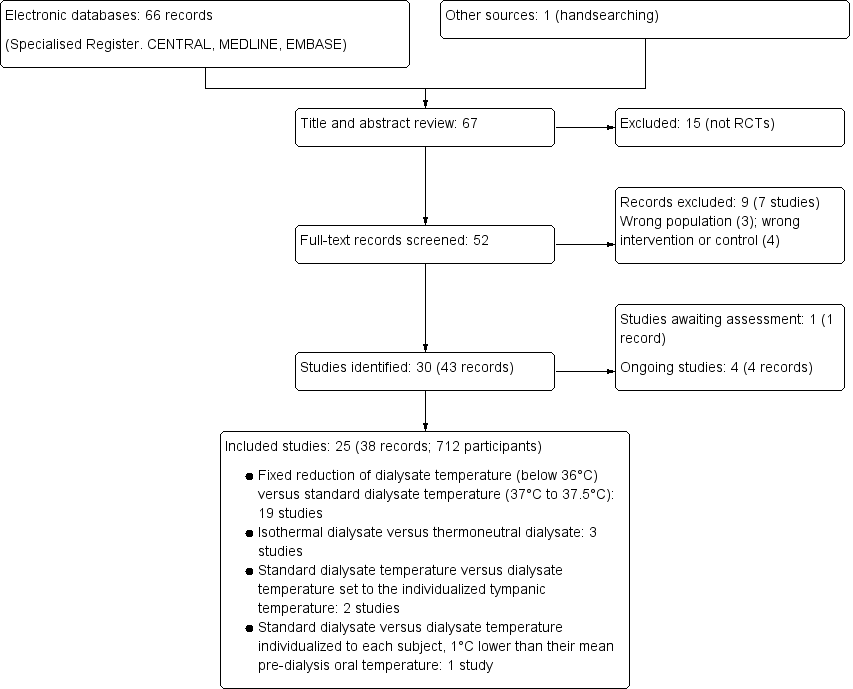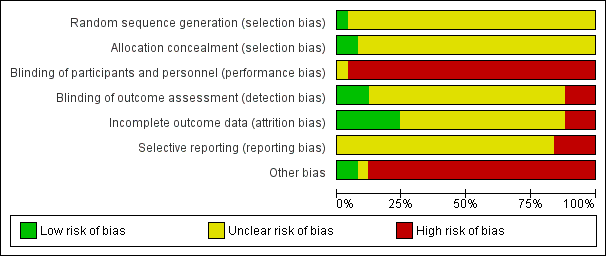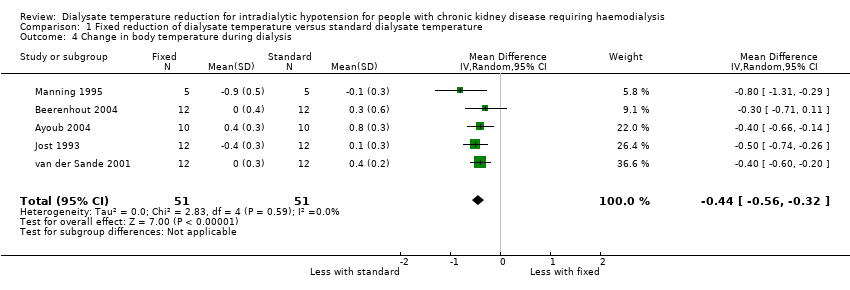Contenido relacionado
Revisiones y protocolos relacionados
Joanna L Dunlop, Alain C Vandal, Mark R Marshall | 16 enero 2019
George A Mugendi, Florence M Mutua, Patrizia Natale, Tonya M Esterhuizen, Giovanni FM Strippoli | 1 octubre 2020
Patricia M Fortin, Ken Bassett, Vijaya M Musini | 10 noviembre 2010
Suetonia C Palmer, David O McGregor, Jonathan C Craig, Grahame Elder, Petra Macaskill, Giovanni FM Strippoli | 7 octubre 2009
Htay Htay, David W Johnson, Jonathan C Craig, Armando Teixeira-Pinto, Carmel M Hawley, Yeoungjee Cho | 15 diciembre 2020
Htay Htay, David W Johnson, Jonathan C Craig, Armando Teixeira-Pinto, Carmel M Hawley, Yeoungjee Cho | 27 enero 2021
David J Tunnicliffe, Suetonia C Palmer, Brydee A Cashmore, Valeria M Saglimbene, Rathika Krishnasamy, Kelly Lambert, David W Johnson, Jonathan C Craig, Giovanni FM Strippoli | 29 noviembre 2023
Patrizia Natale, Angela Ju, Giovanni FM Strippoli, Jonathan C Craig, Valeria M Saglimbene, Mark L Unruh, Giovanni Stallone, Allison Jaure | 31 agosto 2023
Jia Yee Mah, Suet Wan Choy, Matthew A Roberts, Anne Marie Desai, Melissa Corken, Stella M Gwini, Lawrence P McMahon | 11 mayo 2020
Takeshi Hasegawa, Hiroki Nishiwaki, Erika Ota, William MM Levack, Hisashi Noma | 15 febrero 2021
Respuestas clínicas Cochrane
Jane Burch, Sera Tort | 23 septiembre 2021











